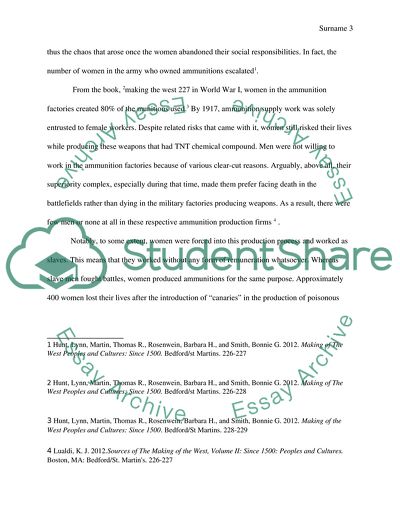Cite this document
(Women on Home Front Making Munitions Assignment, n.d.)
Women on Home Front Making Munitions Assignment. https://studentshare.org/history/1869096-biography-essay
Women on Home Front Making Munitions Assignment. https://studentshare.org/history/1869096-biography-essay
(Women on Home Front Making Munitions Assignment)
Women on Home Front Making Munitions Assignment. https://studentshare.org/history/1869096-biography-essay.
Women on Home Front Making Munitions Assignment. https://studentshare.org/history/1869096-biography-essay.
“Women on Home Front Making Munitions Assignment”. https://studentshare.org/history/1869096-biography-essay.


